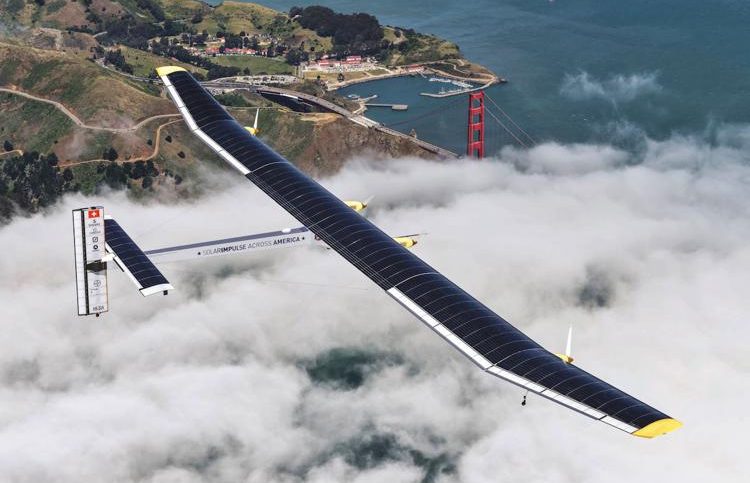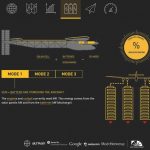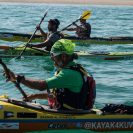Solar powered aircraft Solar Impulse-2 took off from Abu Dhabi, heading to Muscat, Oman on March 9th 2015. After flying for 12 hours, Swiss Pilots Andre Borschbeg and Bertrand Piccard landed the aircraft safely in Muscat, Oman at 7:20pm Kuwait time, having taken off at 7:12am Kuwait time. During the flight, the team covered a distance of around 400KM. While many might consider this as a natural progression in the rapidly changing world of highly advanced, solar powered initiatives and pilot projects, we think that this is indeed, a historic feat.
Over the next five months, the pilots will fly the plane from continent to continent, crossing both the Pacific and Atlantic oceans. Having prepared themselves using flight simulators, they will stop at various locations along the way to rest and to perform maintenance on the aircraft. They are also utilizing the epic journey to promote a project that they themselves initiated called ‘future is clean’; a campaign to send a message to the world’s governments to use cleaner technologies, and reduce global energy consumption.
Solar power is predicted to become one of the main sources of electricity across the world by 2050. We can already see evidence of the rapid growth of solar power, in countries like the USA, where solar jobs outnumber coal jobs. In the UK, solar experts believe that they can compete with wind-generated energy within 18-20 months, and even gas in the ‘near future.’ Since their initial introduction to domestic use, solar electric panel prices continue to drop as they gain popularity and are expected to continue to reduce in cost.
Of course, there is a dedicated support team behind the two brave pilots. The operation will be carried out from a control room in Monaco, with a team of engineers following the aircraft around the world with them. With such a huge challenge come some tricky and difficult circumstances. During the maiden flight, the team covered a distance of around 400KM, which means that they were traveling at an average of 30-35KM per hour. Because of these slow speeds, some sections of their journey will take several days and nights of constant flying to complete. The two pilots will not be able to sleep properly, and only be allowed to take 20 minute naps to ensure they are both alert enough and at hand to control the aircraft. Besides which, the space that they share during their time in the craft is less than 4 square meters and has just ONE seat (with a built in toilet)…barely enough to sit or stand in one position.
Flying continuously for 2 or 3 days or more at a time, also requires them to fly during the night. On a solar craft, one might wonder, how can that work without sunlight? The enormous 72 meter wings of the plane carry 17,000 solar cells which, as well as power the plane during sunlight hours, charge the aircraft’s lithium-ion batteries that will store energy, and disperse it during the night to sustain travel under darkness. The success of crossing the oceans is largely dependent upon the team being lucky with the right weather. They will need to look at the weather forecasts ahead of time, in order to wait for the perfect conditions and plan these sections of the journey…which means they could be on the ground for days, or weeks, until the ideal window of opportunity comes along. And should they encounter problems with the aircraft while traveling over oceans, they have on board survival gear so that they can eject and wait for help to arrive.
The mission ahead is full of challenges and planning, and heavily relies upon the right circumstances. However, with the sheer amount of passion and dedication that these two pioneers have, not to mention the professionalism and skills of the team behind them, the future looks extremely bright and a huge step forward to ensure a greener world for all of us.
We wish them the very best of luck and look forward to watching the next legs of the tour unfold.
To learn more, join up, or contribute to the Future Is Clean initiative, go to www.futureisclean.org. If you would like to keep up with the latest from the solar impulse team, as well as see stats about the aircraft, follow the journey and see pictures of the mission, go to www.solarimpulse.com.









